The best way to protect your baby from colds and strengthen the immune system is hardening. In the modern world have not yet come up with a more effective means. A hardened child is not afraid of either cold, or wind, or a sharp temperature drop.
This universal protection has many advantages:
- does not require material costs,
- held at any time
- does not need special conditions,
- does not require prior preparation,
- doesn't take much time
- accessible to everyone
- has no age limit.
Why hardening is needed
Hardening trains the immune system. In other words, this is a set of procedures aimed at preparing the body for sharply changing environmental conditions. Which ones: strong wind, draft, frost, rain. When hardening, immunity to microorganisms: bacteria and viruses increases.
Seasoned children are less likely to get sick and much easier to tolerate diseases.
At what age should a child be tempered?
Temper the baby begin from the first days of birth. Washing, bathing, changing clothes of the baby, parents do not suspect that thereby they train his thermoregulation.
It must be said that a child is born already prepared for external environmental conditions. But overly caring mothers and grandmothers violate this natural ability, overly wrapped in clothes and patronizing.
The sooner you start, the better. But this does not mean that if a child is three to five years old, then it is too late to temper. You can start at any age. Observing the principles and rules of hardening, you will achieve the same result as if practiced from birth.
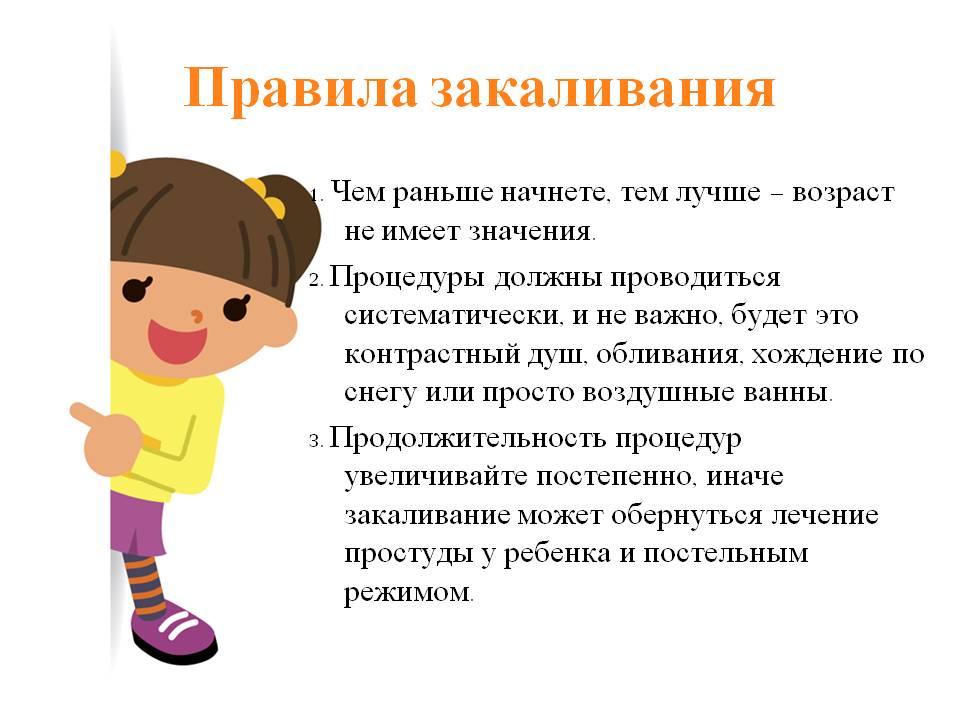
Hardening principles
Often, the determining factor to temper or not a child is the psychological unpreparedness of the parents. Remove all fears and doubts. And forward to a healthy lifestyle!
- Good mood. It is important! Hardening will be beneficial if the baby is positive. The best way to achieve this is to play with him.
- Regularity. Procedures need to be carried out constantly. Breaks lead to weakening adaptation mechanisms. In babies up to a year, a pass of 5-7 days leads to the disappearance of the effect.
- Gradualness. Increase the dosage should be a little. A sharp change leads the body into a shock, stressful state.
- Individual approach. If the child is sick or after sick leave, with hardening you need to wait. Children with weak immunity are tempered according to an individual schedule, sparing.
- Consideration of age features. Each age corresponds to a limitation on the duration of hardening procedures and the range of permissible temperatures. Do not overdo it!
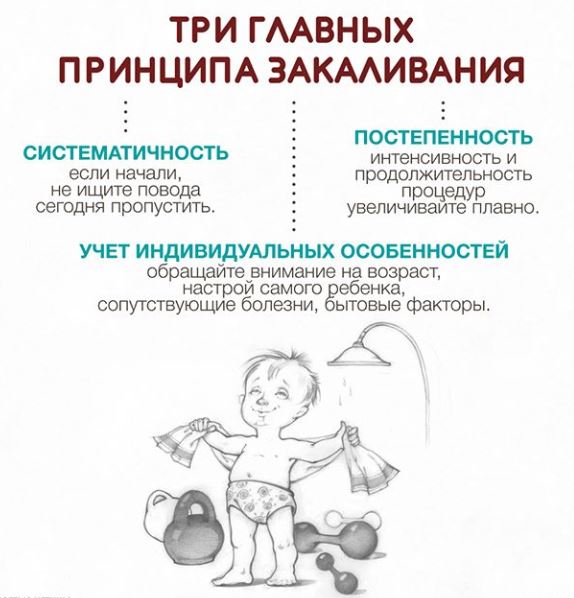
Air quenching
The most affordable way. Applied from birth. And the first thing to start is to stop wrapping the baby.
Remove the extra vest. Additional clothing leads to the fact that the adaptive mechanisms of the child weaken. His body gets used to "greenhouse conditions", and the slightest drop in temperature leads to hypothermia.
Regular ventilation. Spent from the moment of birth. In summer, the vents must be open constantly. Drafts are not allowed. Optimal room temperature for baby + 20— + 22 ° С.
In the cold season, the rooms are ventilated for 15 minutes 5-6 times a day. Do this in the absence of a child. The best effect is through ventilation.
Air baths. Spent from the first days of birth. When changing clothes, a newborn baby is left naked for 2-3 minutes. Every two weeks increase the time by 1-2 minutes. By six months, 10 minutes is permissible. After six months, the time is increased to 15 minutes. Air baths do 2-3 times a day at room temperature.
Baths are distinguished warm (+ 20 ° С), cool (+ 17— + 19 ° С) and cold (+ 15 ° С).
- 0–3 years old apply warm,
- 3-4 years make cool
- 5-6 years allowed the use of cold baths.
This procedure is carried out in combination with physical activity. Mom does exercises or massage for newborn babies. It is advisable to play with older children (for example, a ball), do simple exercises or give the opportunity to move (jump, run).
Walks. In good weather, they walk after discharge from the hospital. In the summer of 20 minutes or more. It is better to choose places for walks away from the carriageway. If possible, take a walk in nature: in the forest, in the clearing, in the shadow of the alley.
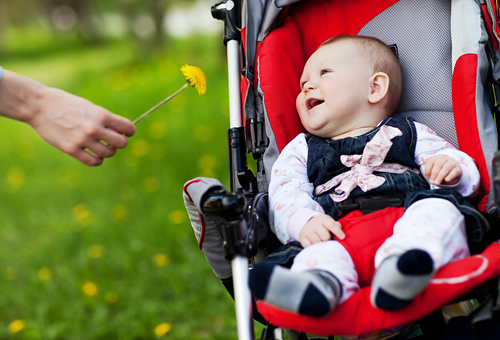
In autumn, winter, cold spring in calm weather, people start walking for 15 minutes, gradually increasing the time to 1-1.5 hours. Infants are allowed walks not lower than -10 ° C.
In the summer, a preschool child needs to be outdoors as often as possible. In winter, it is allowed to walk up to -15 ° C, duration 1-2 hours.
Both infants and preschool children should be on the street twice a day: in the first half of the day and after lunch.
Walking under adverse conditions. A good hardening effect is given by walks in any weather. They begin after 1.5-2 years. The child is taken out in cloudy, windy weather for 3-5 minutes. At the same time, the baby should actively move so as not to freeze. Extra blouses do not wear.
With a preschooler (3-6 years) it is allowed to walk in light rain, snowfall, and wind. The main rule is to gradually increase the residence time to 15-20 minutes, and monitor the condition of the child (so as not to overheat and not to overcool).
We also read: Tempering children under one year of age (air baths)
Water quenching
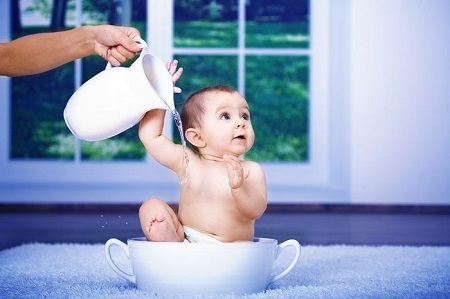
Children are especially delighted with water procedures. In addition to being useful for immunity, water also has a calming property.
Face wash. Make from birth. Initially, the water temperature is + 28 ° С. Gradually (every 2-3 weeks), it is lowered by 1-2 ° C, brought to + 25 ° C by six months, to + 20 ° C by the year.
Washing is carried out daily in the morning, at bedtime and as needed. First, they wipe the baby’s face, then the handles.
For preschool children, the water temperature is reduced:
- 3-4 years - up to + 18 ° С
- 5-6 years - up to + 16 ° С
Rubdown. Start from 6 months. To do this, take a soft mitten (or towel) and moisten in water + 35 ° C. They wipe the child in the sequence: arms, legs, back, chest and tummy. After, wipe dry. Every 2 weeks, the temperature is lowered by 1-2 degrees and adjusted to + 28 ° C.
Douche:
- General douche. Make from birth. Each time after bathing, the baby is lifted back up over the bath and watered with water for several seconds. The main rule is that the water temperature should be a couple of degrees lower than in the bath.
- Local dousing. Recommended from 2 years of age.The foot is watered for the baby for 20-30 seconds. Initially, the water temperature is taken + 30 ° C. Once every 2 weeks it is reduced by a couple of degrees. At 4 years, a temperature of + 18 ° C is allowed; by 5-6 years, it is brought to + 16 ° C.
Cool shower. After 3 years, total douche is replaced by a shower. Starting at a temperature of + 35— + 36 ° С, water is gradually reduced to + 26 ° С. Duration - a few seconds. After the procedure, the child is wiped dry and put on.
Swimming in open water. Allowed from an early age. In the summer, children can bathe in rivers, lakes, and the sea at a temperature not lower than + 22 ° C of water. Start with 1-2 minutes, gradually increasing to 5-8.
Children 3-5 years old are allowed to swim at a water temperature of + 19— + 20 ° C, and increase the time to 10 minutes.
Hardening by the sun
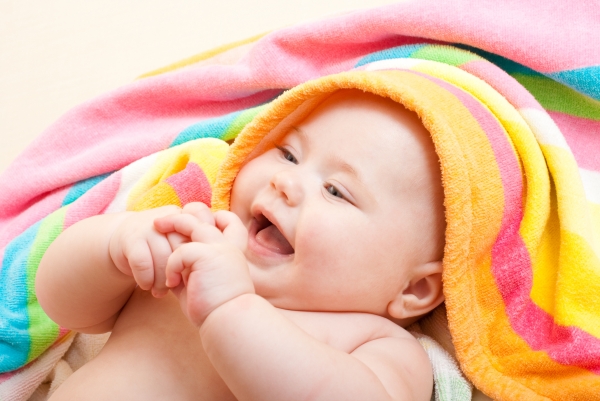
The magic sun:
- Warns rickets.
- It has an antimicrobial effect.
- Increases immunity to colds.
And gives a good mood!
Walking in the sun. Infants in summer weather begin to walk from 2 minutes under the diffused rays of the sun. Gradually (every 3-4 days), parents increase the time by 1-2 minutes and increase to 10-15.
Sun baths. Up to a year is not recommended. The kid is stripped to his panties, and allowed to play in the sun.
Age / time:
- 1-3 years - 5-10 minutes.
- 3-7 years - 10-15 minutes.
It is advisable to carry out such procedures near a water source. A good hardening effect is provided by sun baths in combination with dousing. First, the baby is basking in the sun, then he is sprayed with water.
Hardening is carried out in the morning until 11.00, and in the second after 16.00. When the sun is not at the peak of activity in order to avoid burns. The child must have a hat.
In heat above + 30 ° C, hardening procedures are not carried out.
We also read: How to temper children up to a year in the sun - the rules
Video: 8 points about hardening a child
Other hardening methods
Harden both the whole body and its individual parts: feet, throat. You can use household items, such as a fan.
- Hardening by draft (or fan). Start after 3 years. The procedure is carried out at an air temperature of + 20— + 22 ° С. The child is placed at a distance of 6 meters from the fan in light clothing. The speed of the blades is minimal. They start from 20 seconds, while the baby must toss and turn so that blowing occurs on all sides. Gradually (1 time in 2 weeks) increase the time and speed of the fan;
- Gargle with cold water. From 3 years. Initially, the water temperature is made at + 25 ° C. Every four days it is reduced by 1 ° C, and adjusted to 8 ° C. The child should draw water into his mouth and continuously make the sound AAA. Then spit it out. The procedure is repeated several times;
- Barefoot. Practice since the child began to walk. When the surface temperature of the floor is + 18 ° C, the baby walks in socks. After a week, the socks are removed, and he runs 3-7 minutes barefoot. In the summer it is useful to walk on sand, grass, pebbles.
Ice hardening
- Resorption. A small cube of frozen broth of calendula or chamomile is put in the child’s mouth and offered to dissolve like a lollipop. After 30 seconds, remove. Time every 4 days is increased by 10 seconds and adjusted to 2 minutes. It can be frozen berries, syrup;
- Rubbing the heels. Valid from three years. For several seconds before going to bed, the child is rubbed with ice cubes. After that, wipe dry and put on socks. The procedure is carried out 2 times a day.
Intense and contrast hardening
All of the above methods relate to moderate hardening. It is based on the principle of gradualness. But there are more extreme ways. For example, intense and contrast hardening. The basis of these methods is a sharp change in temperature with a large range for a short period of time.
Intensive hardening. The essence of this method is the short-term contact of the body with frost, snow, ice water.
It includes:
- Pouring water at extremely low temperatures;
- Wiping with snow;
- Dipping in an ice hole in winter.
These are quite extreme ways of hardening. They are not recommended for preschool children. Although some active parents practice even with babies quite successfully.
Contrast hardening. More gentle procedure. It is based on alternating, abrupt changes in temperature with a large difference.
For example:
- Dipping the feet in warm or cold water;
- Cold and hot shower.
Contraindications
Signs and diseases in which hardening measures are not carried out:
- Negative attitude of the child to the procedures;
- Malaise, temperature is above normal;
- Signs of a cold;
- Intestinal diseases;
- Increased irritability (hyperactivity);
- Acquired (decompensated) heart disease;
- Exhaustion of the body;
- Decreased hemoglobin;
- Diseases of the epidermis (skin);
- Disorders of the respiratory system.
Each parent is worried about their own child, but sometimes these fears do more harm than good. To prevent colds, do not wear extra blouses and pants, and train the immune system. In other words - temper your health!
We also read: How to start hardening a newborn baby. Rules and methods of hardening
Dr. Komarovsky: hardening children

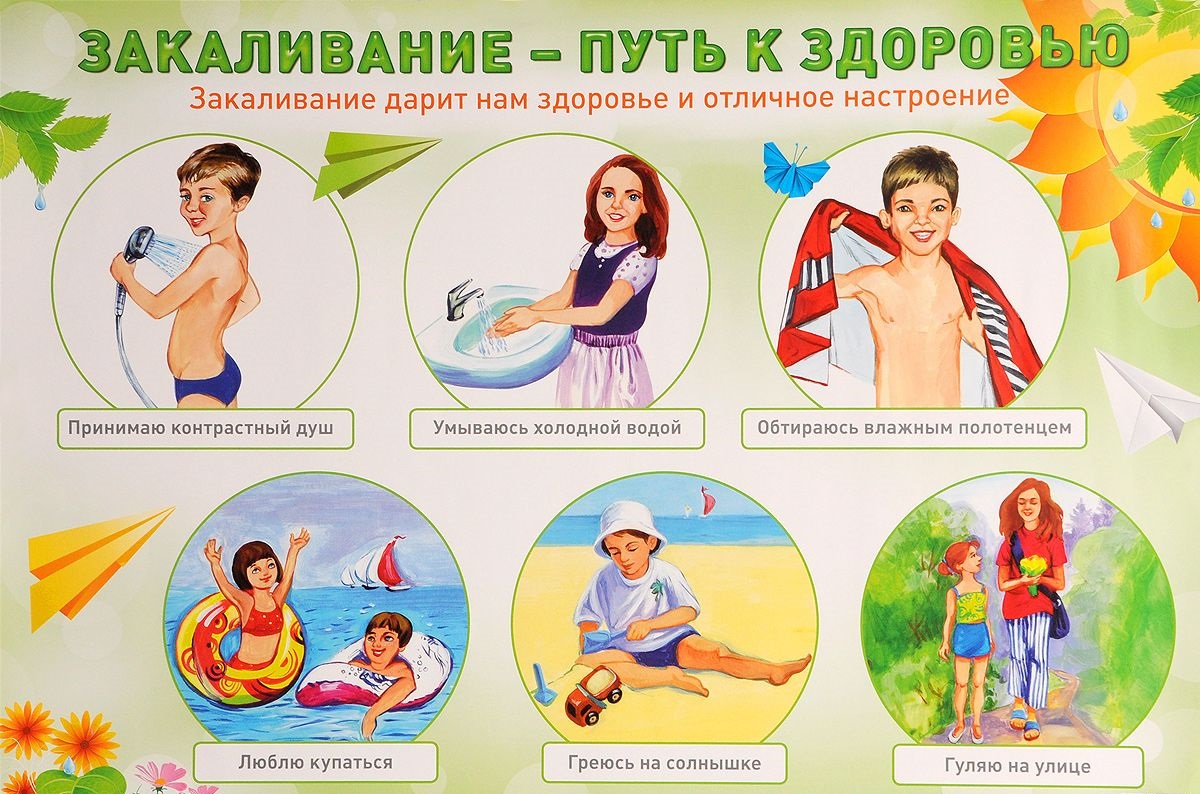
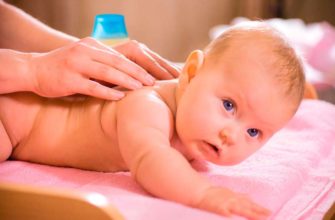
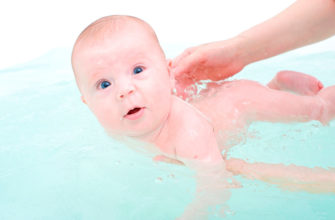
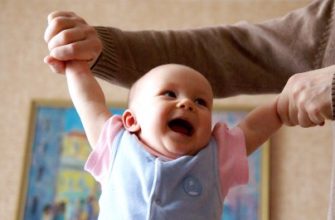
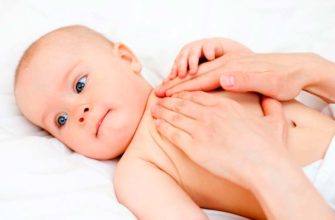
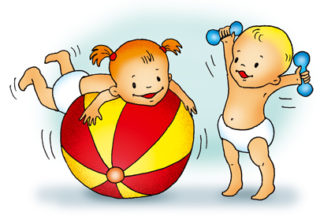
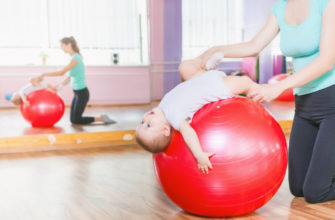
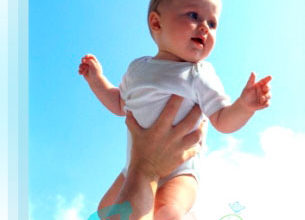
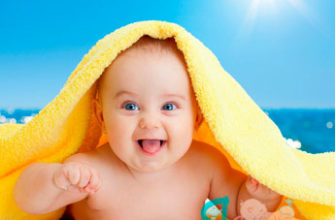
And I was taught this method of hardening: after a bath or shower, do not wipe the child's feet with a towel, leave it wet. My son likes it, you don’t have to waste time on it and we have already become a habit in it.
The benefits of hardening are undeniable. While the daughter was small, I spent for her hardening with air and the sun. It was scary to temper with water. But when she turned 1.5 years old, we went to the sea. The weather was not entirely lucky, the sea was cool enough even for me. But my daughter stubbornly climbed to swim and I took a chance, bought her in it. I was very surprised that after that she did not even have a runny nose. And from that moment I began to temper her with water. As a result, she goes to kindergarten and gets sick once a year.